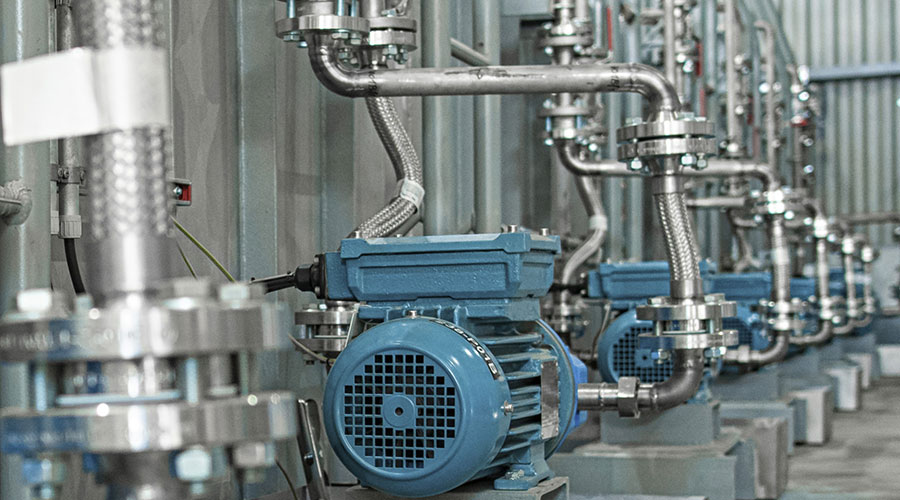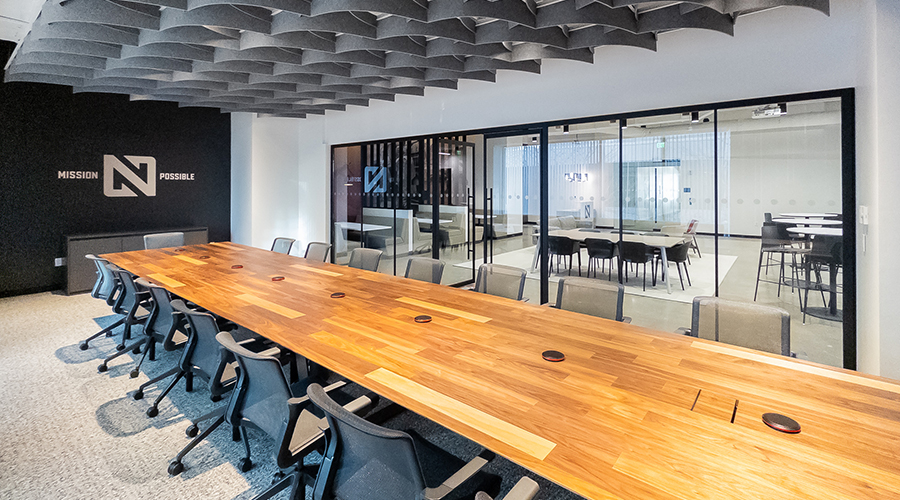Tips on Modernizing High Containment Labs
Part 1 of a 4-part article on key issues in ensuring that renovated BSL3s meet current standards
Most Bio-Safety Class 3 laboratories (BSL3) are more than halfway through their expected lifecycles, especially with regard to their building systems infrastructure (mechanical, electrical, lighting, plumbing). With age come concerns of reliability and questions about how the facilities compare to a 2015 state-of-the-art laboratory. For facility managers responsible for BSL3s, it’s the right time to assess their facilities and make any course corrections needed to keep users safe, and their data reliable and secure. (See the sidebar titled "Judging Whether an Aging BSL3 Facility Falls Short" in Part 4 of this article.) If an existing high containment lab is struggling to meet current standards, a number of remedies and approaches for modernizing are worth considering. Let’s look first at differential pressures.
CONTAINMENT: DIFFERENTIAL PRESSURES
The concept of directional airflow is at the heart of all containment design and is paramount to BSL3 operations. The overarching knowledge that "clean" is moving toward "dirty" is really the basis not only for air control, but suite operations and safety. There are almost as many products designed for tracking and verifying actual directional airflow as there are facilities, but regardless of the hardware and programming employed, the end data and reporting must be reliable. In the best-case scenario, a functional suite produces steady, repeatable, and accurate directional airflows (even when outside influences work to make that function fail).
Directional airflow can be quantified and monitored by two general methodologies:
1. Offsets in measured airflow volumes.
2. Room differential pressure monitoring.
Measured airflow offsets are simply the identification of the differential between the incoming supply air and the outgoing exhaust air. But this is only simple in theory. In reality (and dependent upon the hardware and programming employed in your suite), this action may occur in a couple of different ways. Case A: It could occur by taking actual airflow measurements at each control valve (using a pitot tube or a vortex shedder). Case B: It could occur empirically, based upon preset values engineered into the control valve itself (e.g., a 10-inch-diameter valve has a controller stroked to "position A," therefore the factory says it should be flowing "airflow x"). Either of these methodologies can fail, and these prominent modes of failure may guide your choice in technology when refitting or upgrading your facility.
In the case of direct measurement (Case A), the following issues can detract from the accuracy of reporting:
1. Improper air valve locations relative to inlet and outlet ductwork, straight runs, and laminar airflow. Here, airflow measurement instrumentation is not allowed to accurately report due to turbulence in the passing air, thus adding bands of error to measured values that throw off the supply versus exhaust offset calculation. In a renovation, where the space above the ceilings may be tight, resulting in non-optimal duct layouts, this can be a common problem.
2. Dirt and debris in the airstream damages or disables the operation of airflow measurement instrumentation. After years of operation and diligent filter maintenance, dust and debris can still enter the supply or exhaust airstreams and clog differential pressure ports in airflow measurement instrumentation. Further, some exhaust stream effluents can damage this instrumentation. Both conditions result in inaccurate reporting of airflow rates and make offset calculations unreliable. Where known corrosives are being exhausted or in situations where you know building maintenance is questionable, this can have a big impact on the quality of instrumentation over time and should be investigated.
In the case of room pressure offsets (Case B), accurate reporting can be jeopardized when programming fails to provide a functional method to identify when a normal lab operation momentarily pushes room pressure offsets out of spec. In this scenario, as the air valves try to modulate to maintain an overall room pressure offset from a base reference (say, a corridor or an anteroom), and if a less than adequate deadband has been provided in the programming to account for changes, the valves try to react quickly and often will cause unforeseen changes in the overall room directional airflows. If a facility is managed by pressure offset, consider programming that allows for "last position" to be held during known periods of door opening or momentary changes in equipment exhaust airflow to counter these forays.
Related Topics:















